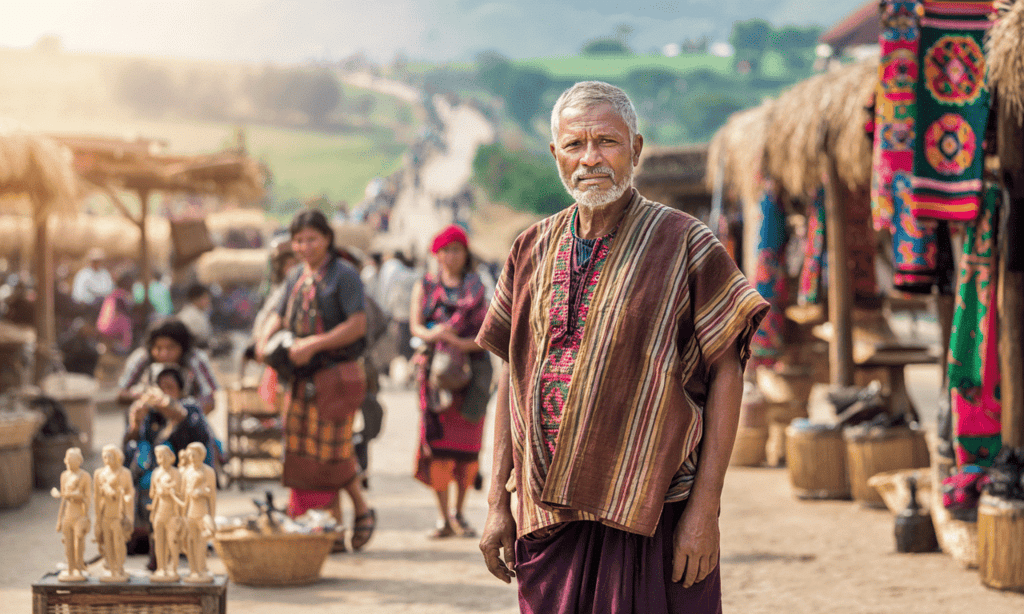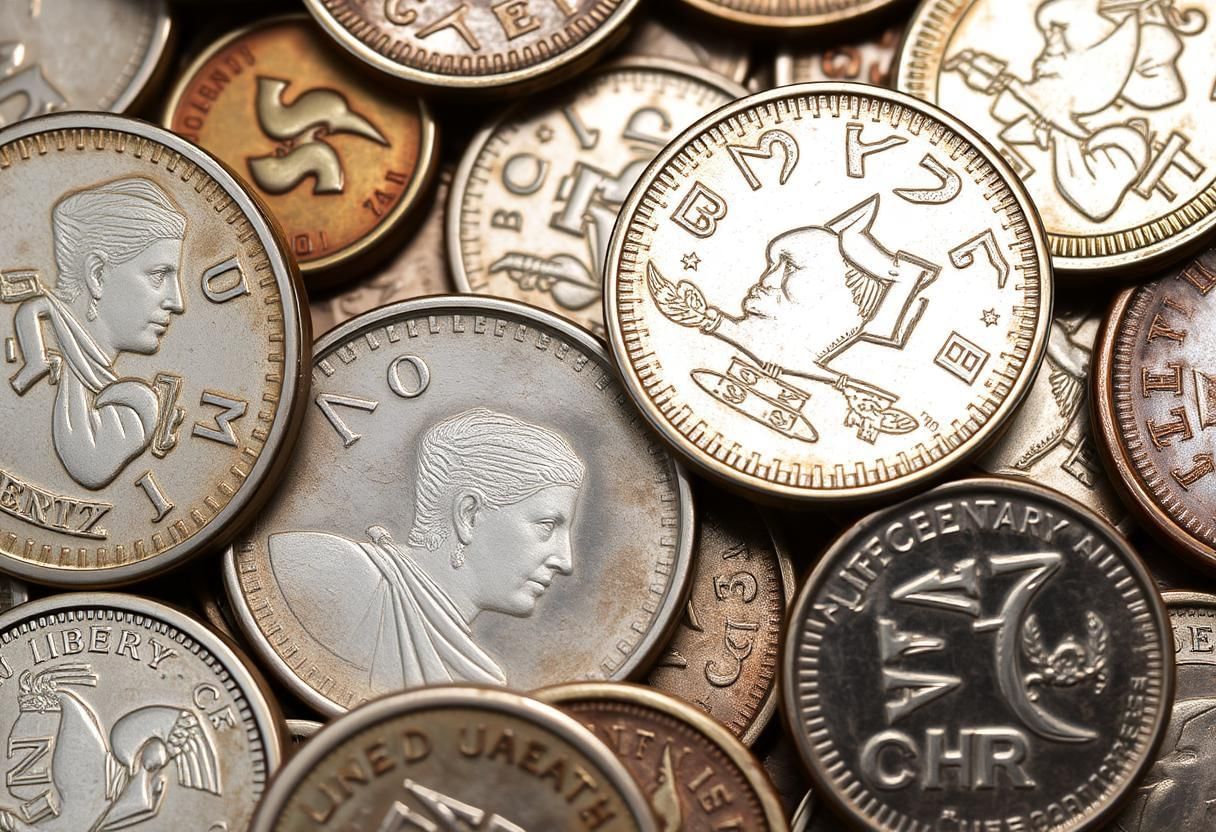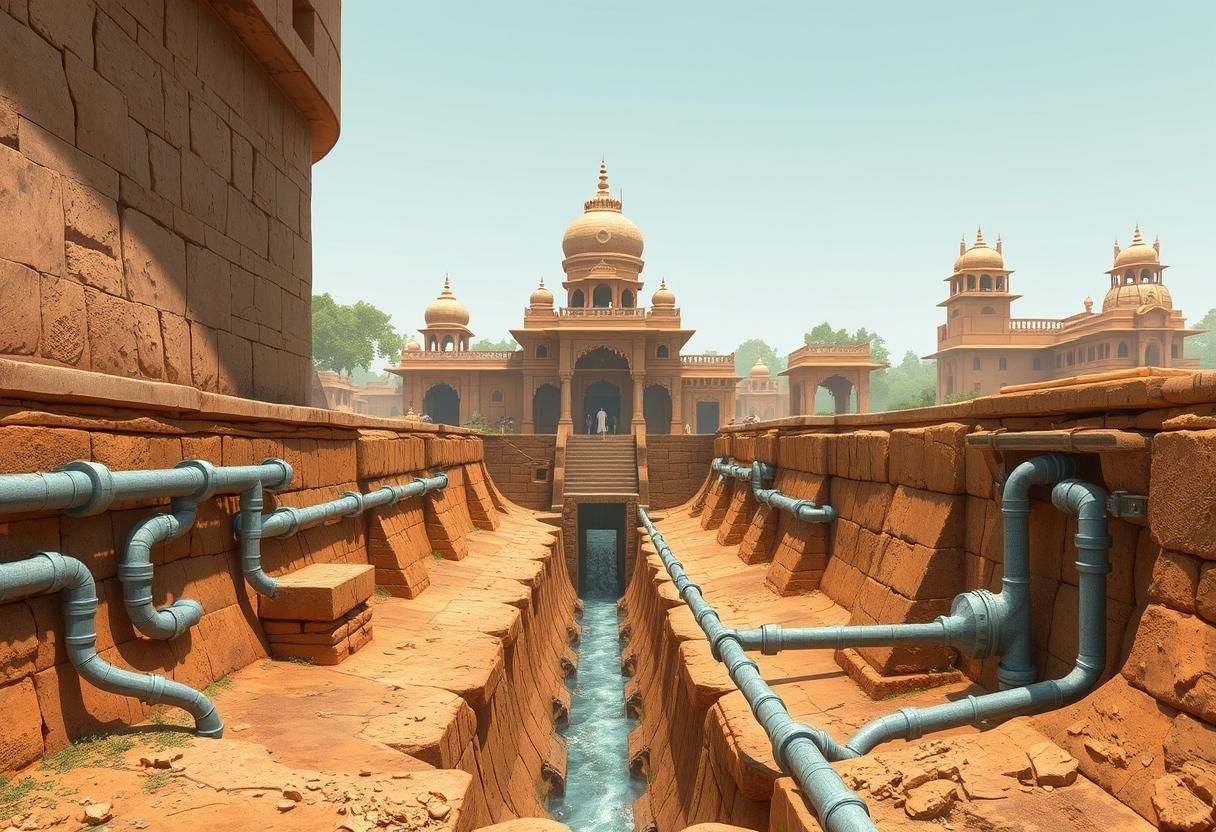NCERT Solutions for Class 6 History - Villages, Towns and Trade
Let’s Recall
Q1. Fill in the blanks:
(a) ______ was a word used for large landowners in Tamil.
Ans: Vellalar was a word used for large landowners in Tamil.
(b) The gramabhojaka often got his land cultivated by the ___________.
Ans: The gramabhojaka often got his land cultivated by the Slaves and workers.
(c) Ploughmen were known as ___________ in Tamil.
Ans: Ploughmen were known as uzhavar in Tamil.
(d) Most grihapatis were ____________ landowners.
Ans: Most grihapatis were smaller landowners.
Q2. Describe the functions of the gramabhojaka. Why do you think he was powerful?
Ans: Gramabhojaka was the village headman and, at times, happened to be the largest landowner, too. They were powerful people of the village who collected taxes from the villagers in the name of the king, functioned as a judge and enforced the law of the king in the village.

Q3. List the crafts persons who would have been present in both villages and cities.
Ans: The crafts persons who would be present in both villages and cities were
- Carpenters
- Potters
- Goldsmiths
- Blacksmiths
- Weavers
- Basket makers
- Garland makers
- Perfumers.
Q4. Choose the correct answer:
(a) Punch marked coins were made of:
1. Silver
2. Gold
3. Tin
4. Ivory
Ans: 1. Silver
Explanation: The punched marked were given this name because the designs were punched on metals like silver or copper.

(b) Mathura was an important:
1. Village
2. Port
3. Religious Centre
4. Forested Area
Ans: 3. Religious Centre
Explanation: Mathura has been an important settlement for more than 2500 years, with several shrines within the fortified city. There were Buddhist monasteries, Jain shrines and it was an important centre for the worship for Lord Krishna.
(c) Shrenis were associations of:
1. Rulers
2. Crafts Persons
3. Farmers
4. Herders
Ans: 2. Crafts Persons
Explanation: Shrenis was an association of craftsmen and merchants. These shrenis of crafts persons provided training, procured raw material, and distributed the finished product. Then shrenis of merchants organised the trade.
Q5. What kinds of evidence do historians use to find out about trade and trade routes?
Ans: Historians use various kinds of evidence to find out about trade and trade routes.
- They study items like pottery, such as Northern Black Polished Ware, found in different archaeological sites to understand how traders transported goods.
- They also looked at the types of products traded, such as gold, spices, and precious stones, to learn about the trade connections between different regions. For example, pepper from South India was referred to as black gold in the Roman Empire.
- Another source of evidence is the presence of foreign coins, like Roman gold coins found in South India, which shows that traders from Rome visited the region for trade purposes.
- Historians also study sea routes and shipbuilding techniques to understand how traders traveled across the ocean.
Let’s Discuss
Q6. Which of the iron tools shown on page 73 would have been important for agriculture? What would the other tools have been used for?
Ans: The iron tools on page 73 are tongs, axes, and sickle.
- The sickle would have been important for agriculture.
- The axe would have been used to chop wood and clear forests.
- The tongs would have been used to hold objects by the ironsmiths or blacksmith for making tools from hot iron.
Q7. Compare the drainage system in your locality with that of the cities mentioned in the lesson. What similarities and differences do you notice?
Ans: The drainage system in our locality is the advanced version of the drainage system in the old cities that were read about. Today’s drainage system is underground with covered drains. In the old times, mud bricks and thatch were used which could not be sustained for long, while in modern times more durable building material like concrete and metal pipes are used.
The kitchen, bathrooms and toilets are connected with main drain present outside through the help of pipelines. In ancient cities, they had ring well system. The rows of pots, or ceramic rings arranged one on top of the other which had been used as toilets in some cases, and as drains and garbage dumps.
Similarities:
- Drainage system were and are found in individual houses.
- Drainage system is tube-like structure.
Differences:
- Use of rings and pots.

|
297 videos|1066 docs|204 tests
|
FAQs on NCERT Solutions for Class 6 History - Villages, Towns and Trade
| 1. What is the importance of villages and towns in the development of a country? |  |
| 2. How can villages be transformed into vital and thriving communities? |  |
| 3. What are the challenges faced by villages and towns in India? |  |
| 4. How can the government support the development of villages and towns? |  |
| 5. What are the advantages of a balanced development between villages and towns? |  |

















